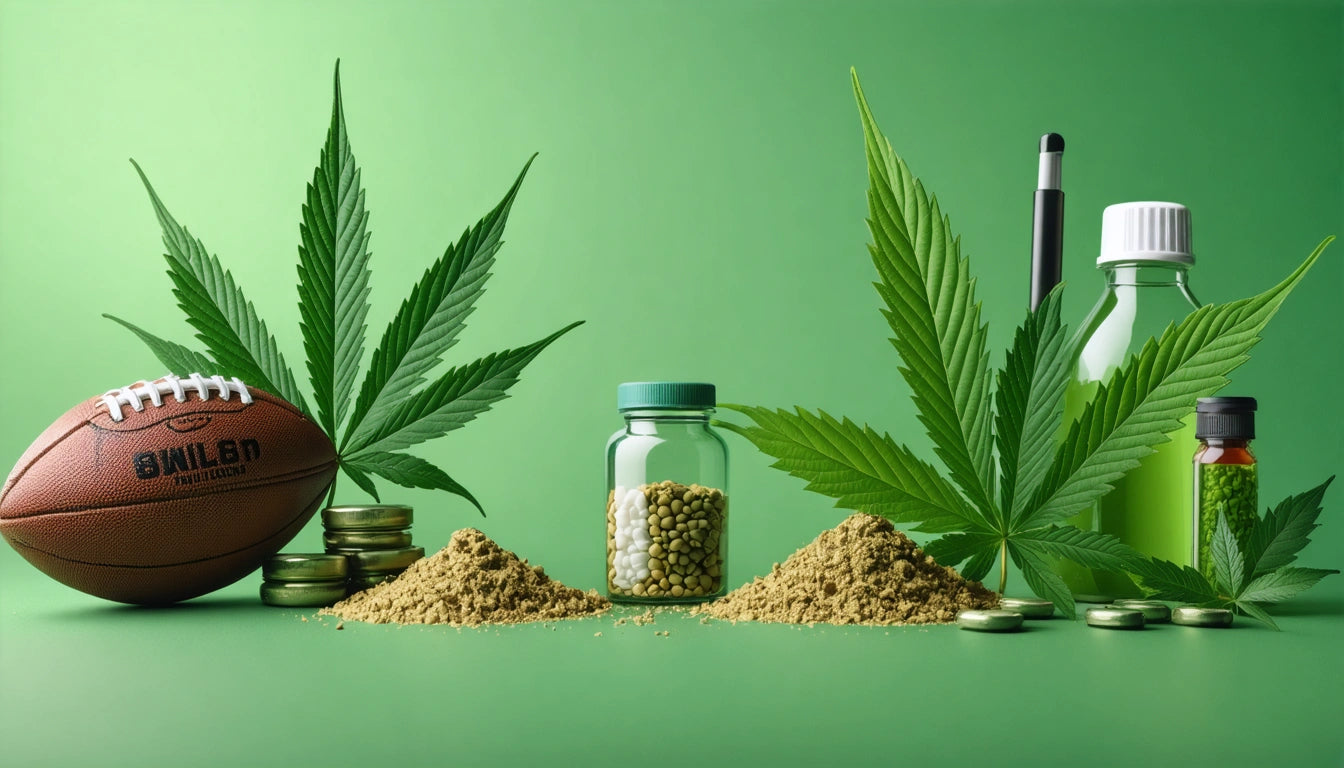- Detection Window Basics: How Long Weed Stays in Urine
- Factors Affecting How Long Cannabis Remains in Urine
- Detection Windows by User Type
- Metabolism and THC Elimination Process
- Testing Methods and Detection Thresholds
- Strategies for Faster THC Clearance
- Common Myths and Misconceptions
- The Future of Cannabis Testing and Detection
How Long Does Weed Stay in Your Urine?
Understanding how long weed stays in your urine is crucial for anyone subject to drug testing. Cannabis can remain detectable in urine longer than many other substances, with timeframes varying significantly based on usage patterns, individual metabolism, and the sensitivity of testing methods.
Detection Window Basics: How Long Weed Stays in Urine
When cannabis is consumed, THC (tetrahydrocannabinol) metabolites are stored in fat cells and gradually released into the bloodstream. These metabolites are eventually eliminated through urine, where they can be detected by standard drug tests.
The general detection windows for cannabis in urine are:
- Single use: 3-5 days
- Moderate use (2-4 times per week): 5-10 days
- Heavy use (daily): 10-30 days
- Chronic heavy use (multiple times daily): 30+ days
These timeframes represent averages and can vary substantially between individuals. For more detailed information on detection windows, this comprehensive guide provides specific timelines based on usage patterns.
Factors Affecting How Long Cannabis Remains in Urine
Several key factors influence how long cannabis stays in urine:
1. Frequency of Use
The more frequently cannabis is consumed, the longer it takes to clear from the system. This is because THC accumulates in fat cells with repeated use.
2. Potency and Quantity
Higher THC concentrations and larger quantities consumed result in more metabolites stored in the body, extending detection times.
3. Metabolism Rate
Individual metabolic rates significantly impact how quickly THC is processed and eliminated. Factors like age, genetics, and overall health play important roles.
4. Body Fat Percentage
Since THC metabolites are stored in fat cells, individuals with higher body fat percentages typically retain detectable levels for longer periods.
Detection Windows by User Type
Understanding how usage patterns affect detection times can help predict how long it takes for weed to leave your system:
| User Type | Approximate Detection Window |
|---|---|
| First-time user | 3-4 days |
| Occasional user (1-2 times/week) | 5-7 days |
| Moderate user (3-4 times/week) | 7-14 days |
| Daily user | 15-30 days |
| Chronic heavy user | 30-90 days |
For those concerned about upcoming tests, understanding these timeframes is crucial for determining when cannabis might clear from their system.
Metabolism and THC Elimination Process
When cannabis is consumed, THC is metabolized by the liver into various metabolites, primarily THC-COOH, which is what most urine tests detect. This process follows several steps:
- Initial absorption into bloodstream
- Distribution to tissues, including fat storage
- Metabolism by liver enzymes
- Gradual release from fat stores
- Elimination through urine and feces
The elimination half-life of THC metabolites ranges from 1-10 days, depending on usage patterns and individual factors. This explains why weed stays detectable in urine tests for extended periods.
Testing Methods and Detection Thresholds
Standard urine tests for cannabis typically screen for the presence of THC-COOH at specific threshold levels:
- Initial screening: 50 ng/mL threshold
- Confirmatory testing: 15 ng/mL threshold
These thresholds determine whether a test registers as positive. Some tests may use lower thresholds for increased sensitivity, while others might use higher thresholds to reduce false positives.
When storing testing supplies, proper containers are essential. Many professionals rely on secure storage solutions with child-resistant features to maintain sample integrity while ensuring safety and compliance.
Strategies for Faster THC Clearance
For those wondering how to clear marijuana from urine faster, several evidence-based approaches may help:
Hydration
While drinking water won't eliminate THC faster, proper hydration ensures regular urination, which helps eliminate metabolites. However, excessive water intake right before a test may lead to a diluted sample, potentially triggering a retest.
Exercise
Regular exercise may help burn fat cells where THC is stored, potentially speeding up elimination. However, exercise should be avoided 24 hours before testing as it can temporarily increase THC levels in the bloodstream.
Diet
A healthy diet high in fiber can help increase bowel movements, another elimination route for THC metabolites. Some evidence suggests that foods high in antioxidants may support liver function.
Common Myths and Misconceptions
Several myths persist about how long weed stays detectable and how to accelerate clearance:
-
Myth: Cranberry juice or vinegar can clean your system.
Fact: While these may act as mild diuretics, they don't significantly speed up THC elimination. -
Myth: Detox drinks remove THC from your system.
Fact: Most detox products simply dilute urine temporarily or mask detection. -
Myth: Secondhand smoke can cause a positive test.
Fact: While possible in extreme conditions, casual exposure rarely results in detectable levels. -
Myth: Exercise the day of a test helps clear THC.
Fact: This can actually increase THC levels temporarily by releasing stored metabolites.
The Future of Cannabis Testing and Detection
As cannabis legalization expands, testing methodologies continue to evolve. Emerging trends include:
- More precise detection windows based on individual factors
- Alternative testing methods that better indicate recent use versus historical use
- Adjustments to workplace testing policies in states with legal cannabis
- Development of tests that measure impairment rather than mere presence of metabolites
Understanding how long weed remains detectable in urine will remain important even as testing evolves, especially for medical cannabis patients and those in safety-sensitive positions.
With continued research and changing attitudes toward cannabis, we can expect more nuanced approaches to testing that balance safety concerns with recognition of legal use.











Leave a comment
All comments are moderated before being published.
This site is protected by hCaptcha and the hCaptcha Privacy Policy and Terms of Service apply.